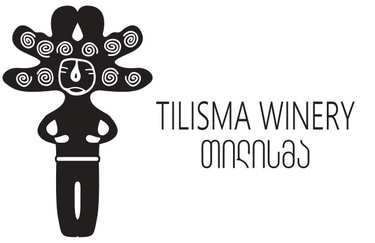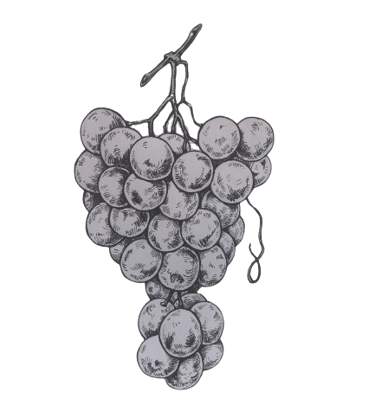THE TRADITIONAL KAKHETIAN WINEMAKING METHOD
The traditional Georgian winemaking method is using clay vessels called “qvevri”. The qvevri is an egg-shaped earthenware vessel used for making and ageing the wine. Its total immersion in earth naturally maintains stable temperatures, ideal for both the fermentation and the storage of wine.
The internal surface of the qvevri is sealed with beeswax to guarantee its tightness, although the porous structure of the clay allows some minimal breathing of the wine. Depending on the desired type of wine, it will stay in contact with the skins for a variable period of time. The amber or orange wines are obtained through a prolonged skin contact that will add tannins, polyphenols and a particular earthy body to the wine. The wine fermented in qvevri is stable by nature, tannic and more complex in taste.
At Tilisma winery, we use around 40 qvevris with capacities ranging from 100 to 2000 liters. Some of them date back to the fifties, others from the eighties and the last ones installed in the marani in 2019 were manufactured in Shrosha, Imereti region, by one the rare craftsmen still in activity.
WINEMAKING TECHNIQUES USED AT TILISMA WINERY
In order to obtain a big diversity of wines, we use different winemaking techniques. Strong-bodied red and amber wines are fermented and aged in qvevris according to the ancient Kakhetian winemaking tradition. The period of skin contact may vary from one wine to another.
European-style wines are fermented in stainless steel containers or glass demijohns and aged in qvevri. Semi-carbonic fermentation is used to produce fresh and fruity wines. Pétillant Naturel (Petnat) is obtained by the méthode ancestrale with a second fermentation in bottle.







